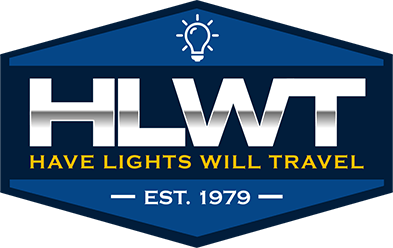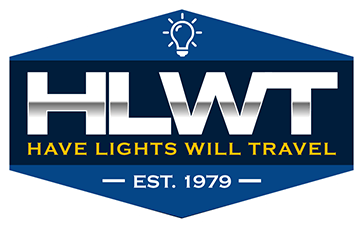Industrial buildings, commercial spaces, and school gymnasiums — all spaces with large, open spaces and tall ceilings — are often lit with a fixture known as high or low bay. High and low bay lighting describe indoor lighting mounted directly to a ceiling or ceiling girder, or via a pendant or chain. Many of today’s older buildings with this kind of lighting use high intensity discharge, or HID, lamps. But there’s a better option. Here are three reasons to upgrade high bay lighting to LED.
Improved Energy Savings
Those dated metal halides or high pressure sodium lamps cost building owners in more ways than one, from high energy costs to frequent maintenance needs to subpar lighting performance. Switching to LEDs eliminates these concerns and offers its own advantages. Energy savings is the best-known benefit of LED lighting, and a swap from typical HID high bay fixtures to LEDs has an immediate effect. Energy consumption will drop between 40 and 60%, and this savings will be reflected nicely in your annual electrical costs.
Reduced Maintenance Needs
Lifespan is another selling point of LED lighting. Unlike lighting that suddenly ceases to work as fuel sources diminish, LEDs move through their service life differently. The light output generated by LEDs gradually degrades and dims over time. As the years pass, the diode begins to emit less light. It’s a very, very slow process, as LED lamps can last more than 25,000 hours. This lifespan means fewer maintenance issues and the costs associated with them — another significant savings.
Better Lighting
In addition to energy savings and lifespan, LEDs offer another advantage when it comes to lighting quality. First, they’re a directional light source, meaning light is emitted in a specific direction. That creates a more even light distribution and avoids the spotlight effect directly beneath a fixture. Additionally, LEDs are an “instant on” technology. When the power flickers off and back on, or someone hits the breaker, LEDs come right back on. Traditional metal halides take roughly 15 minutes to kick back on and fully power up. LEDs also work well with motion sensors, beautifully illuminating an active area and dimming or shutting off when activity ceases.
Ready to Upgrade?
Learn more about how an LED upgrade on your high bay lighting could save you money. In Nevada, Have Lights Will Travel can answer all of your questions so that you have the information you need to make an informed decision. If you’ve been considering the benefits of an upgrade, we can help. Contact us today.

